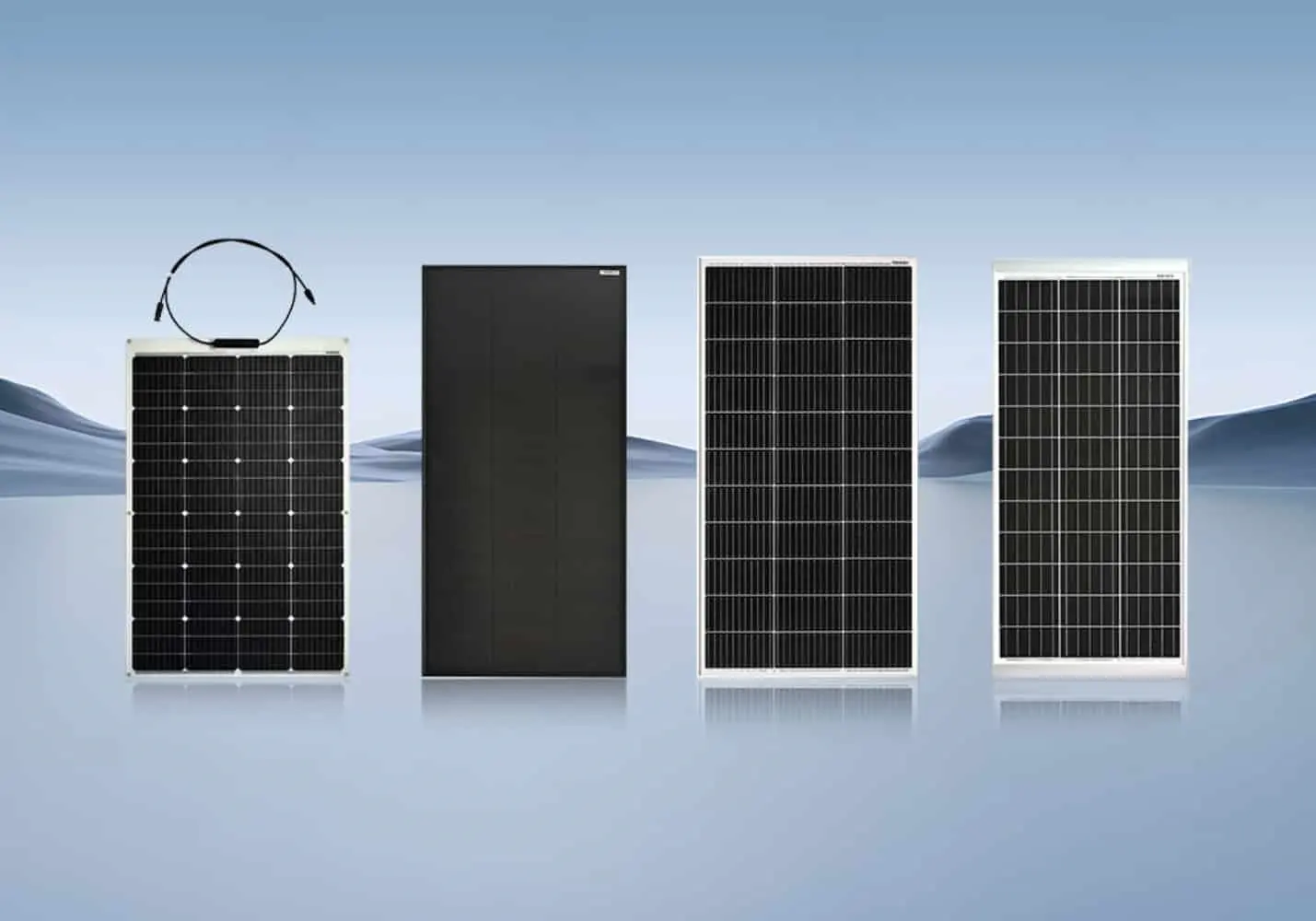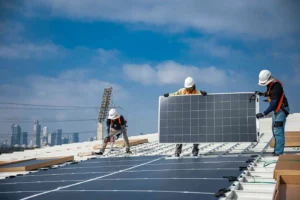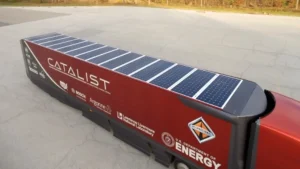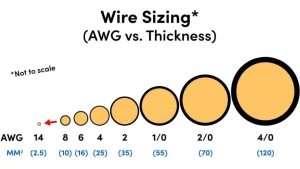Table of Contents
What is Driving Growth in the U.S. Photovoltaic Market?
In today’s market, types of solar panels are varied, each offering distinct characteristics and benefits. Whether you’re a homeowner eager to lower energy expenses or a business owner aiming to adopt sustainable energy solutions, understanding these options is essential. This beginner-friendly guide will examine the different types of solar panels—monocrystalline, polycrystalline, thin-film, and concentrating photovoltaic (CPV) panels. We’ll detail their construction, efficiency, costs, and suitable applications, helping you make an informed decision about which type of solar panel aligns best with your budget and requirements.
For more detailed insights on solar energy solutions and to explore how solar panels can benefit you, check out our comprehensive guide on renewable energy options here.
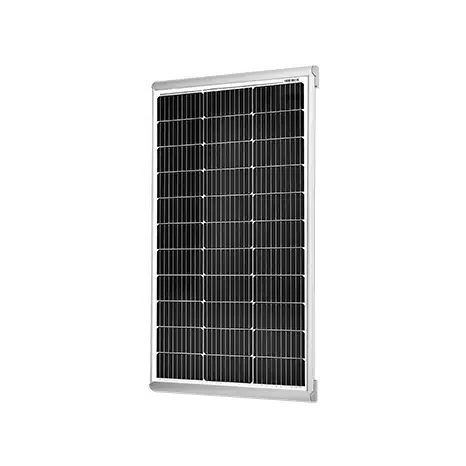
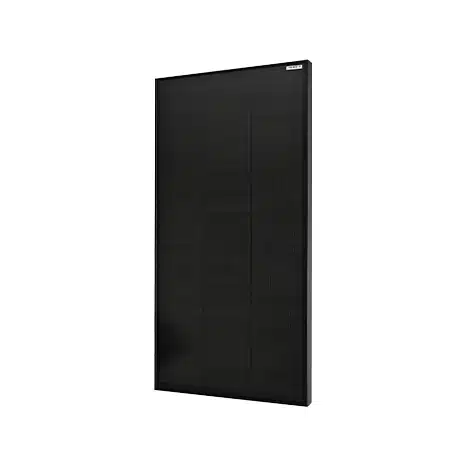
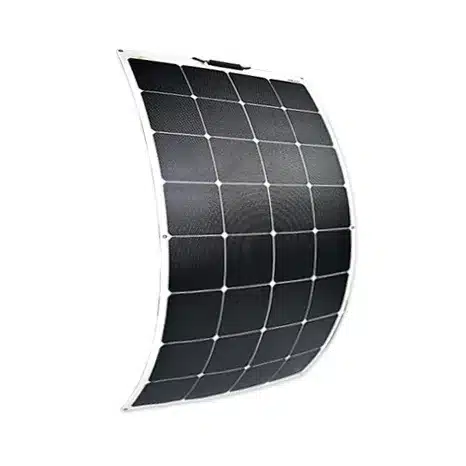
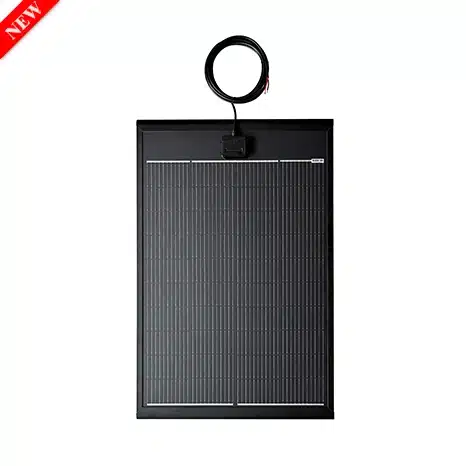
What Are the Primary Types of Solar Panels?
Recognizing the types of solar panels available is vital for informed decision-making regarding solar energy. This guide delves into monocrystalline, polycrystalline, and thin-film panels, highlighting their individual features, advantages, and disadvantages.
| Type | Efficiency | Cost | Lifespan | Space Needed | Temperature | Appearance |
|---|
| Monocrystalline | 18%-22% | $1.00-$1.50/watt | 25-30 years | Least | Good | Black |
| Polycrystalline | 13%-18% | $0.90-$1.20/watt | 25-30 years | Medium | Moderate | Blue |
| Thin-film | 10%-12% | $0.60-$1.00/watt | 15-20 years | Most | Best | Various |
Monocrystalline Solar Panels
Monocrystalline panels are crafted from a single, continuous silicon crystal, resulting in a uniform structure. This design enables these panels to efficiently convert sunlight into electricity, even in low-light conditions. Their high purity ensures long-term efficiency and reliability.
Polycrystalline Solar Panels
Polycrystalline panels consist of multiple silicon crystals fused during manufacturing. While they are generally less efficient than their monocrystalline counterparts due to energy loss at the boundaries of the crystals, they are more affordable, requiring less silicon in production.
Thin-Film Solar Panels
Thin-film panels utilize ultra-thin layers of photovoltaic materials applied to a substrate like glass or plastic. This flexible design allows for a variety of shapes and sizes, making them suitable for unique applications. However, they typically have lower efficiency rates compared to crystalline panels.
Cost Considerations for Solar Panels
When planning a solar panel installation, upfront costs are a significant consideration. Here’s how the prices compare:
- Monocrystalline: These panels are usually the priciest option, costing between $1 and $1.50 per watt. Their high efficiency often justifies the investment over their lifespan of 25-30 years.
- Polycrystalline: Offering a balance of performance and affordability, these panels average $0.90-$1.20 per watt, making them a popular choice for many.
- Thin-film: The most budget-friendly option, with prices ranging from $0.60 to $1 per watt, though their lower efficiency means you may need more panels to produce the same output.
Remember, additional expenses such as mounting equipment, wiring, inverters, and installation labor can also impact the total cost.
Efficiency Ratings of Solar Panels
Efficiency is a key factor in determining how much electricity a solar panel can generate from sunlight. Here’s a look at how different types stack up:
- Monocrystalline: Known for their high efficiency, these panels typically achieve between 15% and 22% efficiency, with some models exceeding 24%.
- Polycrystalline: With average efficiencies ranging from 13% to 18%, these panels offer a good value for residential use, even if they are slightly less efficient than monocrystalline options.
- Thin-film: Generally less efficient (around 7% to 13%), these panels excel in specific applications, such as large solar farms, where flexibility is advantageous.
As solar technology evolves, efficiency continues to improve across all panel types.
Determining the Best Solar Panel for Your Needs
Now that you’re familiar with the different types of solar panels, how can you decide which one best meets your energy requirements?
- Monocrystalline: If maximizing energy production is your primary goal, monocrystalline panels are ideal. Their efficiency makes them perfect for limited spaces, despite the higher upfront costs.
- Polycrystalline: These panels provide an excellent efficiency-to-cost ratio, making them a smart choice for budget-conscious homeowners or businesses.
- Thin-film: Best for those seeking flexibility and cost savings, thin-film panels work well in sunny climates but require more space due to lower efficiency.
Other factors such as climate, panel orientation, and shading also play a role in determining the best choice. Consulting with local solar professionals can help you assess your needs and find customized solutions.
Final thoughts
Choosing the right types of solar panels is vital for optimizing your investment in renewable energy. Monocrystalline panels deliver unmatched efficiency, polycrystalline panels offer great value, and thin-film panels shine in specialized applications. By comprehending the strengths and weaknesses of each solar panel technology, you can make an informed choice that aligns with your unique energy needs. As solar technology continues to advance, understanding these panel types will position you to leverage sustainable energy solutions now and in the future.

